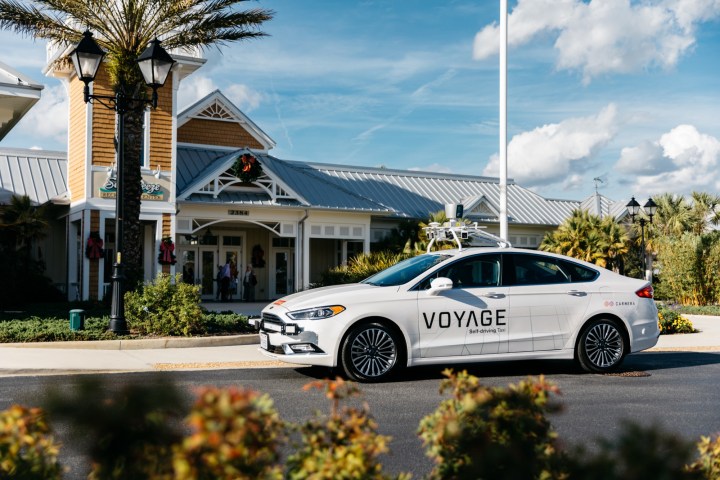
“We’re excited to announce that Voyage has started testing its self-driving fleet within [The Villages],” Oliver Cameron, the CEO of Voyage wrote in a blog post. “Beginning in early 2018, we’ll start rolling out a door-to-door self-driving taxi service to residents.”
When these taxis begin making their trips, they’ll represent Voyage’s second deployment of autonomous technology in the last six months, thanks to a recent cash infusion that brought the company’s total fundraising in 2017 to more than $20 million. Once the car service is in full operation, Voyage promises that all 125,000 residents will be able to call an autonomous vehicle to their doorstep by way of the Voyage mobile app, and be transported anywhere in the community without a human driver.
There are a range of destinations for Village residents, including over 100 restaurants, three movie theaters, and 7.8 million square feet of commercial and retail buildings.
“Villagers love their lifestyle and driverless technology offers a promising new option for staying mobile and active in a safe, affordable way,” commented Kelsea Morse Manly, Director of Operations at The Villages, of the latest innovation.
Voyage is partnering with Carmera to ensure that its cars’ maps stay fully up to date, allowing the vehicles to operate with Level 4 autonomy. “We simply wouldn’t be able to move as fast as we would like without a partner like Carmera, for what we believe is the largest deployment (by area size) of self-driving cars in the world,” Cameron noted.
So if you’re looking to hitch a ride in a self-driving car, you may just need to pay a visit to your grandparents.

